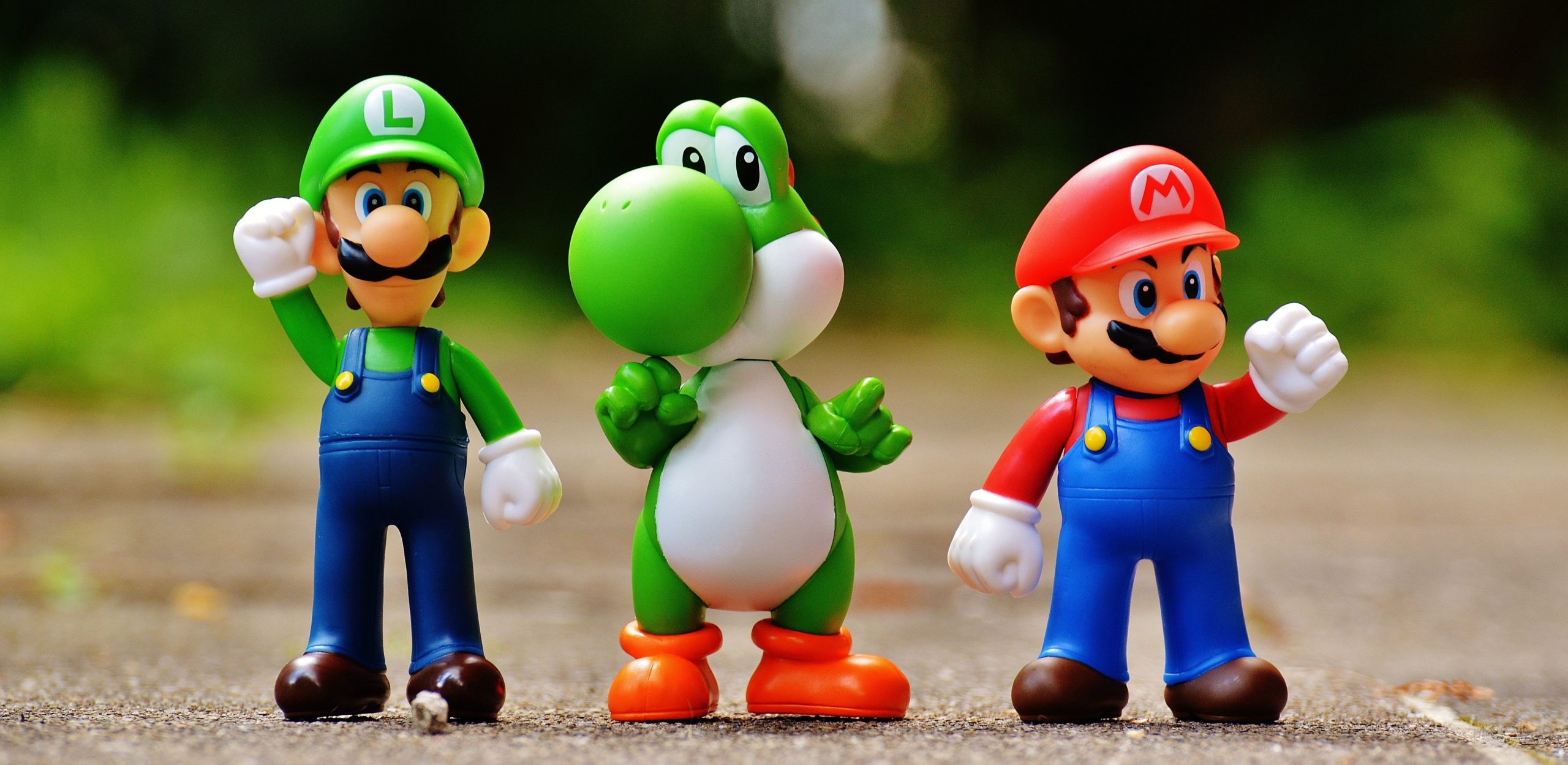TOKYO — Elderly men stash snacks and drinks among their personal belongings and stare down into flickering screens. Children run by, their delighted screams fading into the din of tinny music and electronic purring, but the men hardly stir as they take drags from their cigarettes and feed a few more yen into the electronic bingo machines.
Japanese arcades are filled with people of all ages, their games and gambling stations appealing to decidedly different tastes: claw machines stocked with Pokémon toys for children, pachinko machines with half-dirty illustrations for adult men, photo booths filled with teens, their abandoned backpacks surrounding the entrances. Japanese arcade culture is thriving.
That’s very different from the fate of video-game arcades in the United States, where a once-booming industry is all-but dead. What accounts for the difference? And what does it say about Japanese and American cultures? It may have something to do with the human nature that drives us to outdo ourselves and others, and the difference between Japanese and American conceptions of competition reflected in the games we play.
The claw is our master
I was traveling across Japan on a post-college excursion with a Kobe-born schoolfriend, Shoko, in the summer of 2017 when we were pulled into a Kyoto arcade by a cheerful barker offering free plays on claw machines. With its enticing displays and lively atmosphere, I could see how one could easily waste 5,000 yen ($46) without being careful. On my first try, I won a little Pompompurin, a popular dog character wearing a cherry for a hat. Like all good marketing ploys, my victory thrilled me, making me eager to play more.
I never won again in the next 10 days.
In Tokyo, we bounced around from arcade to arcade looking for toys that happened to be sitting precariously at the edge of prize shoots, quickly whittling down our lunch money. Shoko spent a half hour playing for a Pokémon stuffed animal that frustrated her so thoroughly she ended up buying it.
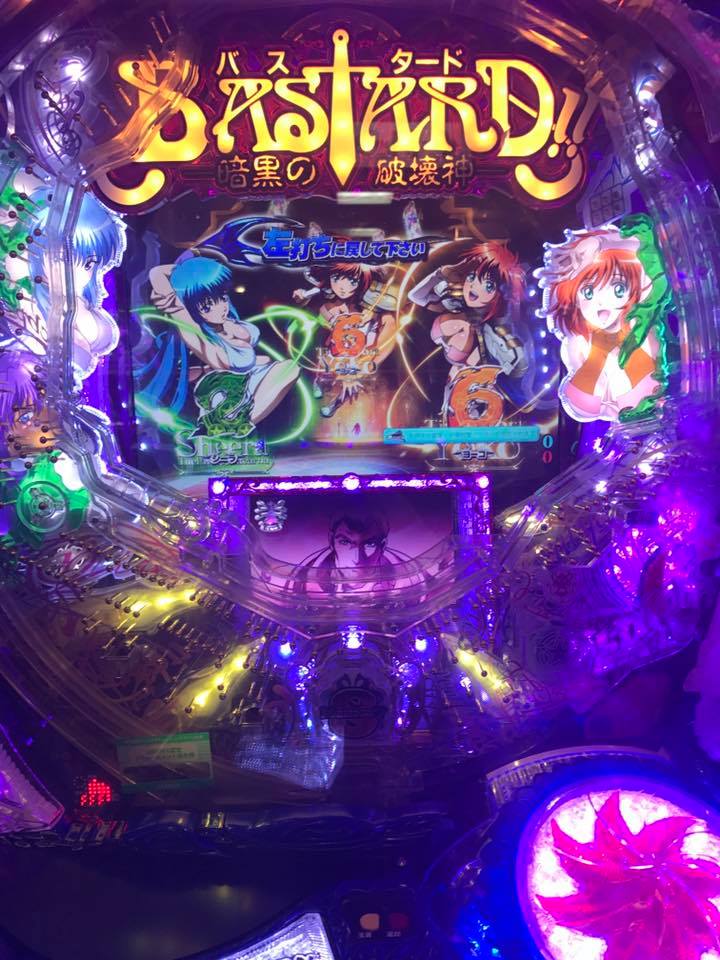
Having grown up a devotee of American arcades, I noticed an unmistakable difference between the establishments in each country.
First was their prevalence—there are about 14, 800 certified and uncertified arcades in Japan. They are part of the urban landscape. In the United States, in contrast, there were only about 3,500 arcades as of 2008.
The greatest distinction, however, was in content. Unlike their typically more uniform US counterparts, Japanese arcades capitalize on the notion that not all games make good candidates for digitization. With multiple floors of pachinko machines, immersive reality games and betting stations, Japanese arcades have democratized to stay in business.
The claw machine, for example, is a social game. Tangible prizes, three-dimensional playing spaces and friends hovering over your shoulders shouting ill-advised directions are essential to the experience. The machines are found all over Japan. Some arcades are dedicated solely to claws. The displays are carefully constructed to maximize attraction to people of all inclinations and to minimize wins. One can play for anime figurines, plushies or even Oreo gift sets. No matter your desired prize, the claw machine needs an arcade, convenience store or restaurant to house it.
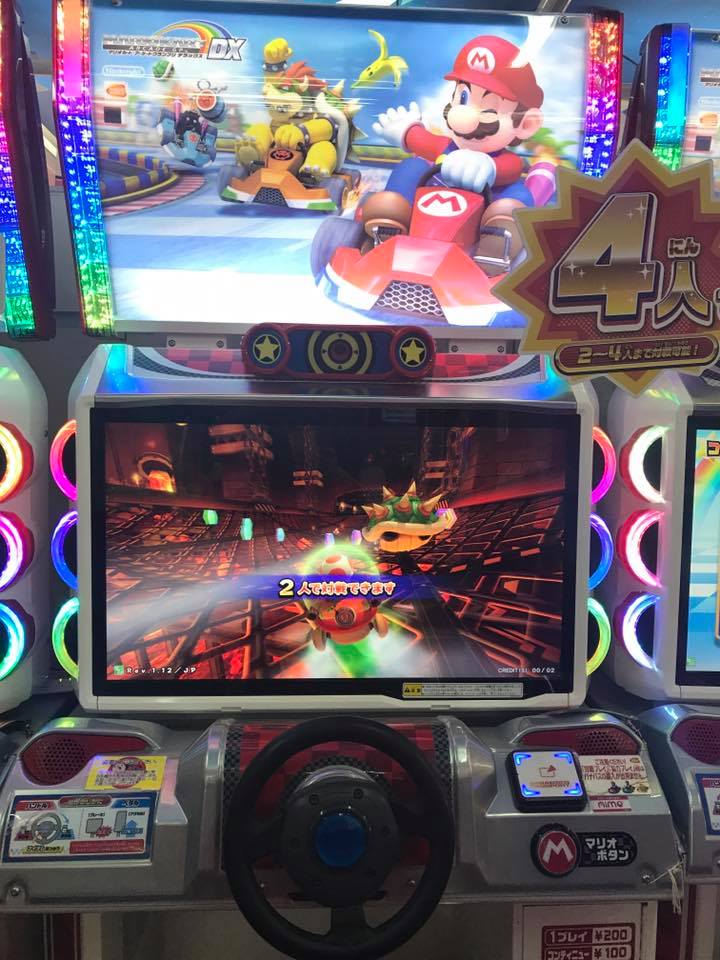
Claw machines have never caught on as well in the United States. Nor have Dance Dance Revolution platforms—stages with sensors that match a player’s movement to on-screen choreography—or Tekken and Street Fighter martial arts games.
In the 1990s, shooters were in their heyday in both Japan and the United States. Laser-based equipment represented the forefront of technology, unlike anything one could play on primitive video game consoles at home. But times change. As the 2000s wore on, American arcades continued to appeal to a single demographic: middle and lower-class teens with a dollar from mom, a clientele that all but disappeared when the financial crisis hit in 2008. But Japanese arcades cycled through trends that brought in diverse crowds. In his article “Why Haven’t Arcades Died in Japan,” the gaming expert Brian Ashcraft chronologizes the adaptability of the Japanese arcade.
I think nostalgically of my childhood haunt, a Connecticut arcade called Smiles Entertainment Center. It was an abrasively gaudy locale with a giant, somewhat disturbing smile as a logo. I loved it. Violent games, children’s games and a hazy pool hall were partitioned and governed by age restrictions. The machinery changed little throughout my youth and, when it closed in 2011, the gaming cabinets remained locked inside, a gem for urban explorers. Most of the rigs had not been updated since I first stepped foot inside in 1998.

It’s often suggested that the home console played a role in rendering the arcade obsolete, but in Japan, home of consoles like the PlayStation 4 and the Nintendo Wii U, there is still a place for arcades. Developer-owned arcades are used to test new concepts, laboratory experiments for future console releases. Still, if there is a common development, it’s the demise of the arcade first-person shooter. Such games are easily and arguably more enjoyably played on living-room consoles or PCs on which one can play hours-long campaigns. Although gamers lose the thrill of playing with mock guns and lasers, they can socialize with audio headsets, conversing with friends while sitting in pajamas. Stagnant American arcades largely depended on the popularity of cabinet first-person shooters with teenage boys. With the end of the cabinet shooter came the death of the American arcade.
It’s a basic principle of arcades that all games eventually become unprofitable. But if decline is taken as arcade gospel, why didn’t the US arcades diversify? Perhaps because of how Americans perceive themselves.
Competition and the branding of a nation
Post-WWII US popular culture portrays Americans as rebels, heroes and freedom fighters. That’s one of the spoils of victory—defining oneself as a righteous warrior without fear of backlash. American arcades were emblematic of resistance– lairs of gun-based competition, places where friendly rivalry was not so far removed from the curated American image of anti-federalism and revolutionary spirit. The shooter games fit naturally within American competitive culture.
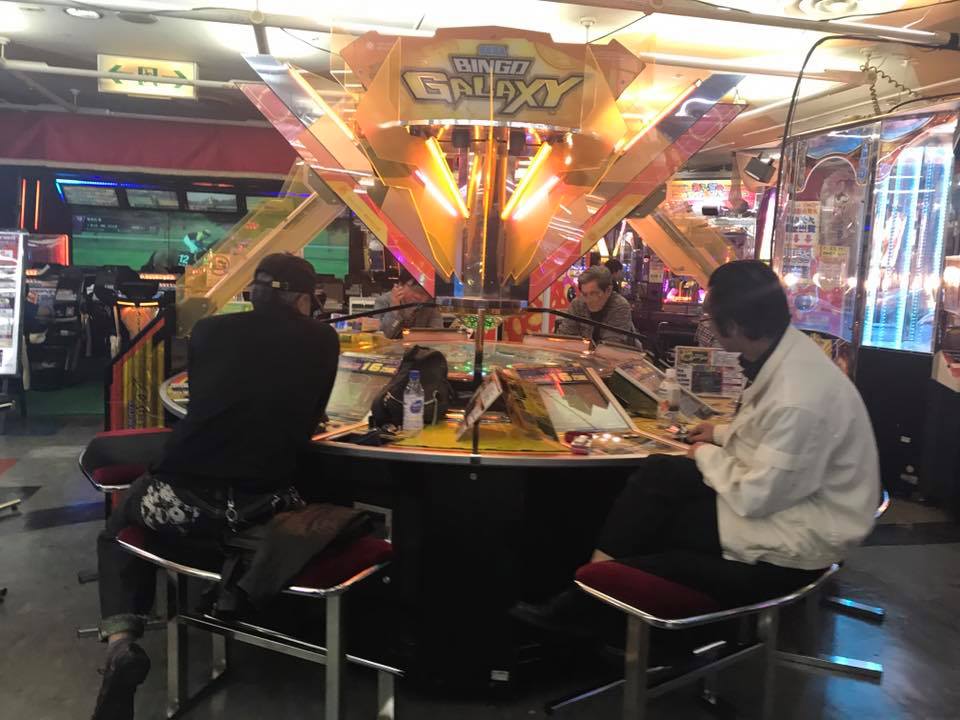
Japanese, on the other hand, did not have the luxury of being able to position themselves as offensive crusaders. One theory posits that the prevalence of kawaii (cute) aesthetic in Japan is related to the non-threatening image the country tried to project when it rebuilt after the war. Hello Kitty is a cultural ambassador, a soft power crusader for a friendly Japan. The government strategically embraces her as a marketing tool, a nation-branding technique that has been largely successful. Germans and Russians are cast as archetypal villains in American movies, but very rarely does one still see Japanese positioned as the enemy.
But does that national consciousness trickle down to the societal microcosm of the arcade? Successful nation-branding can become so engrained it may actually influence how a country’s people see themselves. Maybe gun games, many of which are actually Japanese-designed, are found alongside adorable Tsum Tsum puzzle games because a proposed national pride in peacefulness has opened more roots to alternative acceptable competitive behaviors. Violent competition isn’t an integral part of post-WWII Japanese national identity, so games are more heterogenous.
Most important for the arcade industry, such diversity can be monetized.
The millennials’ American arcade
Most American establishments these days are hybrid concepts—restaurants and bars with games as a side order.
I recently visited an outlet of the Dave and Buster’s arcade chain outlet. It looks nothing like those of the ‘90s. With multiplayer games, bright three-dimensional graphics and limited violent gameplay, it is more suited for families, and looks a lot more like a Japanese arcade than it did its American predecessors. Could such modern versions of the American arcade reflect a cultural shift?
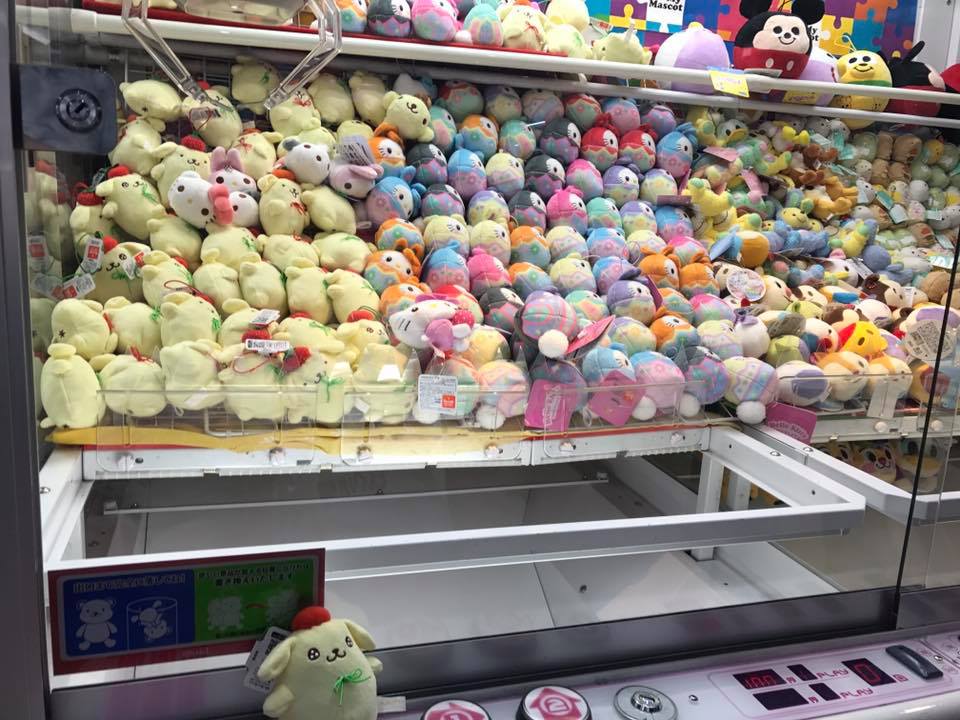
My friends who accompanied me there gravitate toward drinks and nostalgia—Sonic the Hedgehog, Mario Cart, Dance Dance Revolution and Guitar Hero. They had played those games on consoles as children but are thrilled by the bigger screens and advanced controls.
One friend stands on mock skis. As her avatar races down a mountain on the digital screen before her, she jumps to her toes and braces herself as if she were truly falling. There is no enemy to be defeated, plan for world domination to unravel or city to save. When she reaches the end of the course, she straightens up and gives a toothy grin. With all her friends around her, her willing rivals, she has picked a game where she took on a mountain. Her only competition was herself.
The few surviving American arcades appear to be responding to trends like their Japanese counterparts. Why now? Perhaps it reflects that the millennial generation has been affected by the fear of gun violence that seems to permeate American childhood. Some at least are clearly rejecting the nation’s brand. Maybe they’re ready for new modes of competition, rebelling against rebellion.

